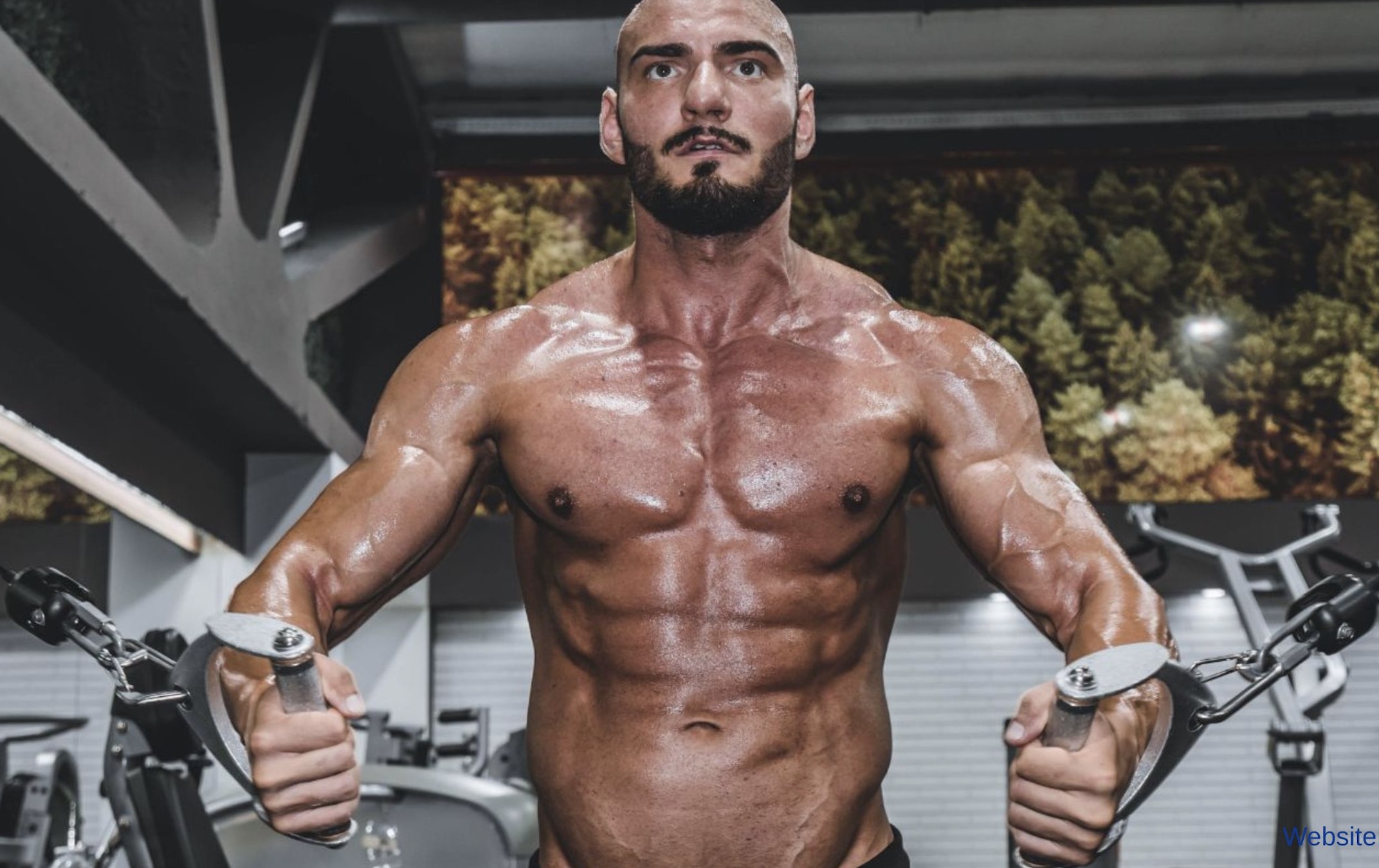As the days get colder and darker, most people think about hibernating under a blanket. But from a performance and physique standpoint, late fall and winter are actually prime time to change your body and build real strength.
Let’s break down why.
Why Winter Is a Great Time for Fat Loss
Many people assume summer is the best time to “cut” because it’s hot and you sweat more. But sweating is mainly water loss, not fat loss. When it’s hot, your body sweats to cool itself and keep your core temperature around 36–37°C (96.8–98.6°F). That doesn’t automatically mean you’re burning more fat.
In cold weather, it’s different:
Your body has to generate heat to maintain its core temperature.
To do that, your muscles contract more (even small movements, shivering, pacing, rubbing your hands).
Muscle contractions use stored energy: glycogen, fat, and some protein.
A large portion of the energy spent ends up as heat, helping you stay warm.
In other words: in colder conditions your body naturally increases energy expenditure, and a lot of that energy can come from fat. Combine that with smart training and nutrition, and winter becomes a very effective season for fat loss.
Why Winter Is Perfect for Building Strength and Fitness
Winter isn’t just good for fat loss—it’s also an ideal time to build strength, power, and overall physical capacity. Many elite athletes and teams treat winter as a focused “off-season” training block for exactly this reason.
Here’s why winter works so well:
1. Bigger Appetite, Better Fueling
Colder weather often makes people feel hungrier. If you use that increased appetite wisely, it can actually work in your favor:
Higher calorie intake supports muscle growth.
You can more easily replenish muscle glycogen, which means:
You feel stronger during training.
You can push harder.
You create more stimulus for muscle growth and adaptation.
More fuel → better sessions → more muscle damage (the good kind) → better gains and performance.
2. Better Sleep = Better Recovery
Many people find they sleep better when it’s cooler:
It’s easier to fall asleep and stay asleep in a slightly colder room.
In winter, schedules often shift slightly earlier, which can mean going to bed sooner.
During deep sleep, especially around midnight to 3 a.m., your body releases more growth hormone, which:
Supports protein synthesis and muscle repair.
Helps your body recover from hard training.
Plays a role in fat metabolism.
Good sleep turns your training from “just exercise” into real progress.

3. Hormones and Inflammation
Research and practical experience suggest that:
Testosterone levels can be higher in cooler conditions.
Baseline inflammation may be lower when recovery, diet, and sleep are on point.
Both of these support muscle growth, strength gains, and overall recovery. Winter is a great moment to take advantage of that and build a strong base for the rest of the year.
Build Your Winter Plan
Instead of drifting through the cold months, treat winter as a focused training block: pick one main goal—losing fat, building muscle, or boosting performance—and let that shape both your workouts and your nutrition.
On the training side, make strength work the foundation and add just enough cardio to match your goal. Most people will do well with several lifting sessions per week built around big, full-body or major muscle-group movements, plus a couple of cardio sessions to support heart health and energy expenditure. If you care more about aesthetics, bias your lifting toward higher training volume for key areas like chest, back, shoulders, and legs; if performance is the priority, include some power work, core training, and conditioning that challenges both your engine and your top-end intensity.
Nutrition should quietly support all of this, not fight against it.
1. Carbohydrates
Adjust your carb intake based on your training volume and goal (per kg of body weight per day):
- Fat loss: ~2–4 g/kg
- Muscle gain: ~5–8 g/kg
- High-level or intense sports performance: ~6–10 g/kg
(Choose the lower or upper end of the range based on how much you’re training and how your body responds.)
2. Protein
For active people:
- Aim for at least 1.5 g/kg/day.
For muscle gain and demanding sports:
- Often around 2.0 g/kg/day works well.
Spread protein across the day (3–5 meals) to support recovery and growth.
3. Fats
Don’t cut fats too low.
Focus on high-quality sources:
- Fatty fish
- Nuts and seeds
- Olive oil, avocado, etc.
Fats are crucial for hormones, recovery, and overall health.
4. Vegetables & Anti-Inflammatory Foods
Vegetables are the easiest thing to skip—and one of the most important:
They provide vitamins, minerals, fiber, and many anti-inflammatory compounds.
Aim for:
- A variety of colors each day.
- Several servings at both lunch and dinner.
Good nutrition doesn’t just fuel training; it also reduces inflammation and speeds up recovery.

Do this through winter and you won’t just “get through” the cold months—you’ll come out of them with a body that’s clearly been under construction.
This Winter: Don’t Waste the Season
You’ve got the science, the logic, and the opportunity on your side:
Cold weather can help you burn more energy and tap into fat stores.
Appetite and indoor training time support muscle and strength gains.
Better sleep and favorable hormones boost recovery and growth.
Now it comes down to action.
Use this winter to train with intent—lift, move, eat smart, sleep well. When the weather warms up and layers come off, you’ll be able to look in the mirror and say, “That wasn’t just another winter. I built this.”











